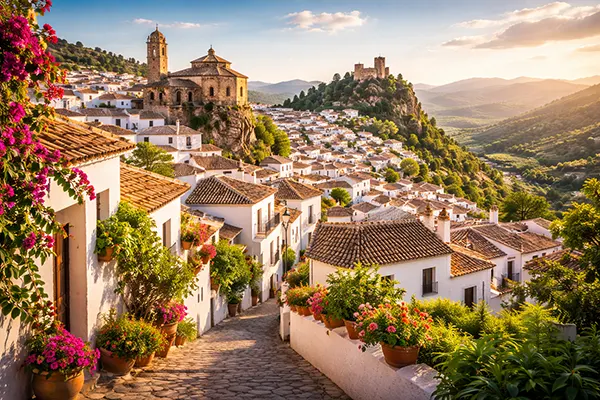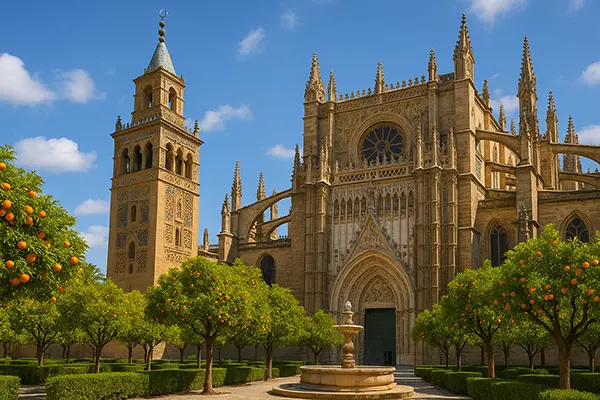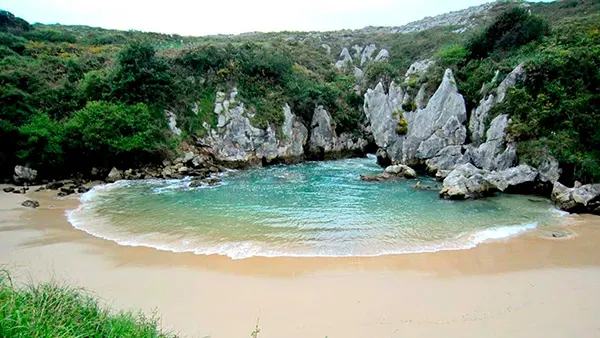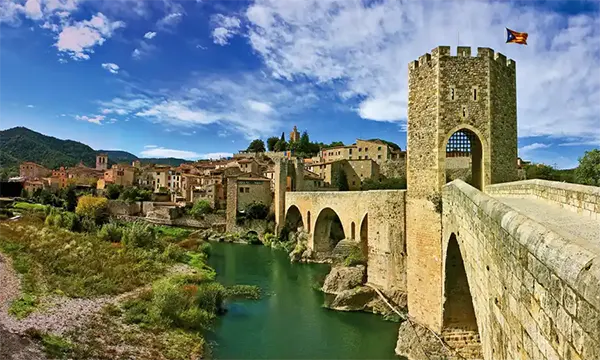Embracing the Grandeur: Plaza Mayor
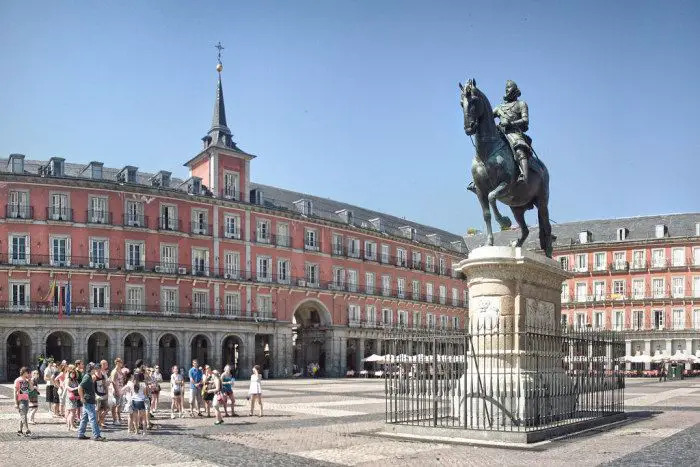
In the heart of Spain’s vibrant capital, Madrid, lies an architectural marvel that has witnessed centuries of history – the Plaza Mayor. Conceived in the Habsburg period, the Plaza Mayor is a testament to the splendor of Spanish architecture and is an integral part of Spain’s rich cultural heritage. The square, enveloped by impressive three-story residential buildings, reflects the rhythmic harmony of the Spanish architectural ethos.
Replete with artistic nuances, the Plaza Mayor stands as a grand portrayal of the country’s architectural prowess. The square is not just a monument; it is a narrative of Spain’s historical journey. It has seen countless events unfold, from bullfights and royal ceremonies to public executions during the Spanish Inquisition.
A Journey Through Time: The Historical Narrative of Plaza Mayor
Built in the 17th century during King Philip III’s reign, Plaza Mayor has evolved through various stages of Spain’s history. It was initially a bustling marketplace known as “Plaza del Arrabal,” before architect Juan de Herrera transformed it into the monumental square it is today.
The Plaza Mayor has survived three significant fires, each time resurrecting with renewed glory. Post each devastation, the plaza was rebuilt, incorporating changes that added new layers to its architectural story.
In the center of the square stands a bronze statue of King Philip III, an enduring symbol of the plaza’s royal lineage. This equestrian sculpture was unveiled in 1616 and adds a regal charm to the site’s aesthetic.
Architectural Aesthetics: The Design and Structure of Plaza Mayor
Plaza Mayor’s architectural design mirrors the quintessence of Spanish Habsburg architecture. The square spans an impressive 12,000 square meters, enclosed by uniform three-story residential buildings. These structures, punctuated by 237 breathtaking balconies, provide a panoramic view of the lively square.
The facades of these buildings are adorned with frescoes, with Casa de la Panadería boasting the most exquisite designs. This historic edifice, known for its intricate mural embellishments, lends an artistic touch to the otherwise austere architectural landscape.
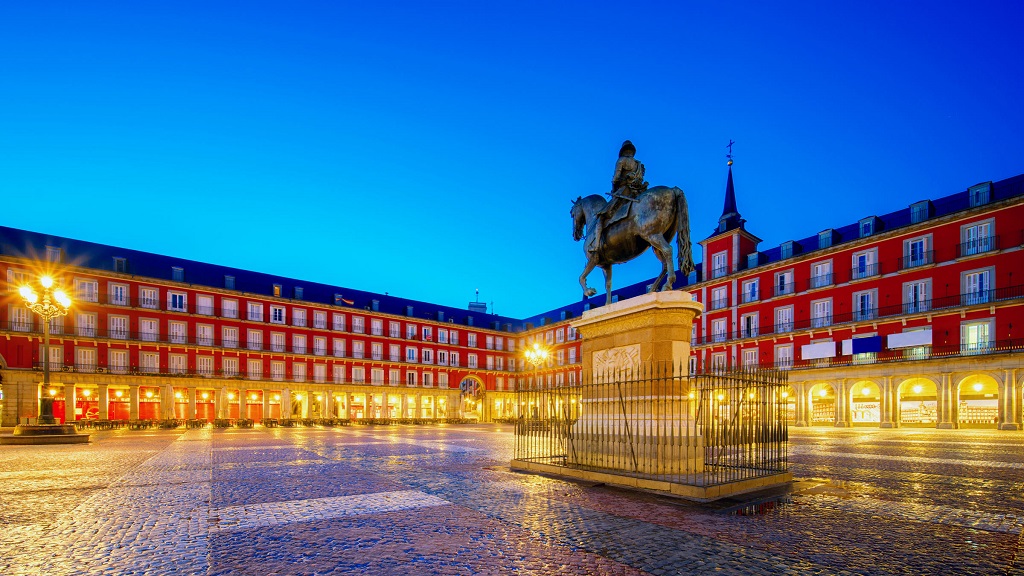
Plaza Mayor Today: An Epicenter of Cultural Activities
The Plaza Mayor is a bustling hub of social and cultural activities. Home to shops, cafes, and the famous San Miguel Market, the square is a gastronomic paradise, serving traditional Spanish cuisines.
Festivals and events often fill the square with jubilant energy. From the lively San Isidro Festival to the vibrant Christmas markets, the Plaza Mayor is a site of celebration, resonating with Spanish joie de vivre.
Plaza Mayor – An Everlasting Symbol of Spain’s Architectural Heritage
As we explore the architectural contours of Plaza Mayor, we appreciate not just its design but the stories it embodies. The square stands as a testament to Spain’s architectural brilliance, historical resilience, and vibrant culture. The Plaza Mayor isn’t just an architectural heritage; it is a pulsating heartbeat of Spain’s grand past and dynamic present. The charisma of this iconic square continues to captivate the world, making it an unforgettable landmark in Spain’s cultural landscape.

